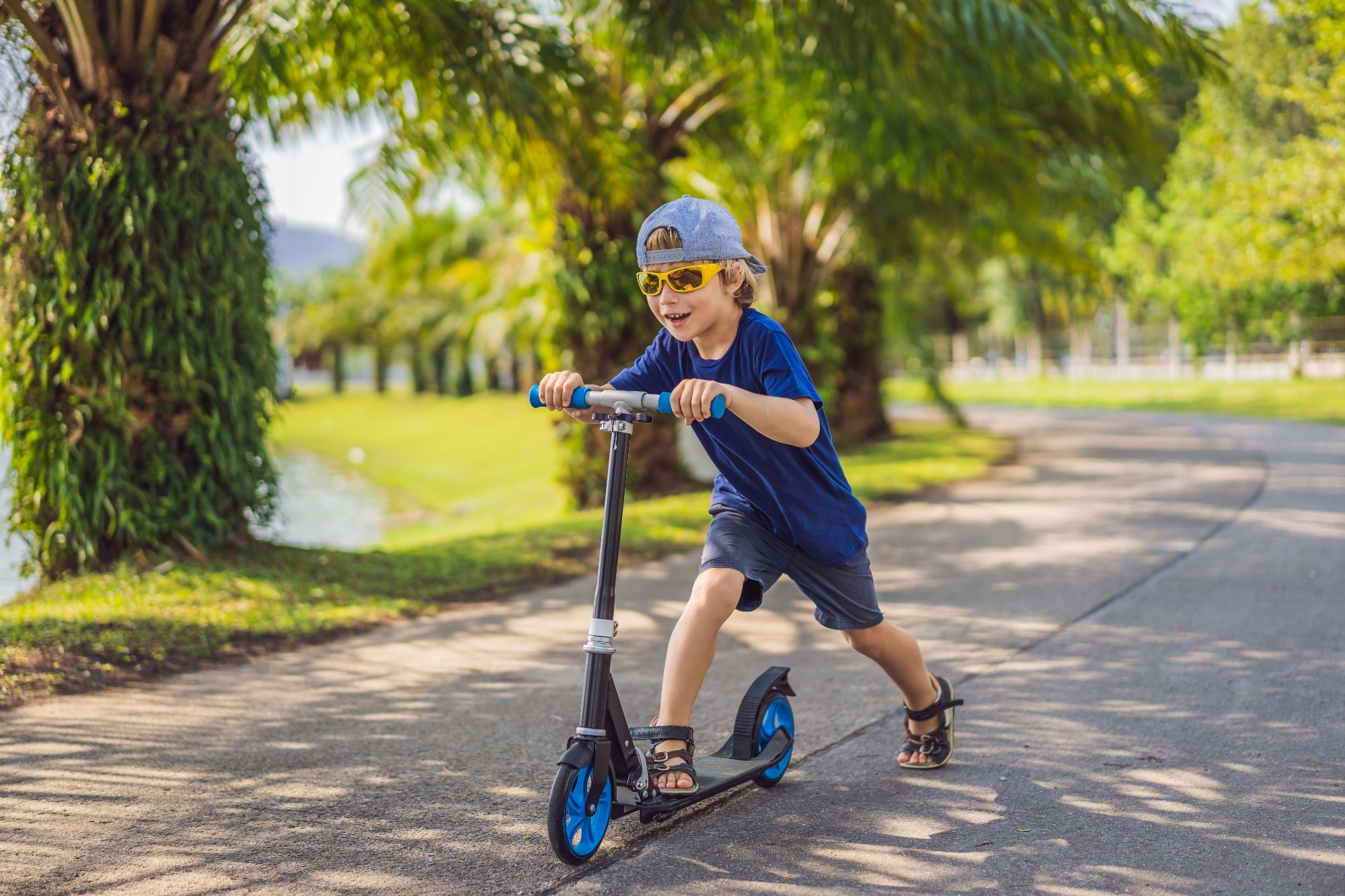In a recent study published in JAMA Network Open, researchers examined associations between residential green space and externalizing and internalizing symptoms.
In the United States (US), up to 40% of children will meet the mental disorder criteria by adulthood. Impaired mental health is more prevalent below diagnostic thresholds, with increases in externalizing (e.g., rule-breaking and aggression) and internalizing (e.g., depression and anxiety) symptoms. Identifying factors that buffer children from these symptoms could help delineate potential modifiable pathways to mitigate risks.
Parks, backyards, forests, and other green spaces offer opportunities to reduce harm from environmental stressors (air pollution, heat), restore physiological and emotional resources, and build regulatory capacities. Research has revealed the benefits of green space on mood and stress in the short term, and longitudinal evidence suggests a link between mental health and green space. Nevertheless, studies assessing early emerging externalizing and internalizing symptoms are rare.
 Study: Green Space and Internalizing or Externalizing Symptoms Among Children. Image Credit: Elizaveta Galitckaia / Shutterstock
Study: Green Space and Internalizing or Externalizing Symptoms Among Children. Image Credit: Elizaveta Galitckaia / Shutterstock
About the study
The present study evaluated associations between residential green space and externalizing and internalizing symptoms in early and middle childhood, viz., ages 2–5 and 6–11, respectively. They used data from the environmental influences on child health outcomes (ECHO) cohort. Children born during 2007-13 were eligible if they had one birthing parent report of externalizing or internalizing symptoms.
Children with developmental delay or autism spectrum disorder were excluded. Monthly residential address history files were generated for each child. Addresses were geocoded, generating longitude and latitude data for linkage with green space data. The biannual normalized difference vegetation index (NDVI) was used to estimate monthly green space.
The mean NDVI values were calculated in buffers of 270 meters (m), 510 m, and 1230 m around the home addresses. The child behavior checklist (CBCL) for ages 1.5–5 or 6–18 assessed internalizing symptoms, such as anxiety, withdrawal, somatic concerns, and depression, and externalizing symptoms, like rule-breaking and aggression. The socioeconomic status (SES) theme of the social vulnerability index (SVI) was used to evaluate neighborhood SES vulnerability.
The team examined associations between NDVI and externalizing or internalizing symptoms using multivariable linear regression models, adjusting for prematurity, child sex, parental age at delivery and educational level, and neighborhood SES vulnerability. Exploratory analyses examined how child sex and mean neighborhood SES vulnerability modified the effect measure.
Findings
Overall, 2,103 children were included, with 1,469 and 1,173 in the early and middle childhood samples, respectively. Of these, 50.5% were male, 9.7% were preterm, 52.5% were White, and 29.1% were Black. Symptoms were reported at an average age of 4.2 years in the early childhood sample and 7.8 years in the middle childhood sample.
Over 42% of children lived in neighborhoods with high SES vulnerability. The researchers observed a negative correlation between green space and externalizing or internalizing symptoms in early childhood. Further, a 0.1 unit increase in NDVI at 270 m was associated with 0.77- and 1.28-unit lower externalizing and internalizing T-scores in early childhood, respectively, adjusted for child sex, preterm status, parental education, and age at delivery.
Besides, this association was sustained for internalizing symptoms when adjusted for neighborhood SES vulnerability but was attenuated for externalizing symptoms. In middle childhood analyses, there was no evidence of an association between green space and internalizing and externalizing symptoms. Furthermore, there was no evidence of effect measure modification by child sex. In addition, similar associations were observed for high versus low neighborhood SES vulnerability.
Conclusions
The findings showed that increasing levels of green space were associated with fewer internalizing symptoms in early childhood, before and after adjusting for prematurity, child sex, parental education and age at delivery, and neighborhood SES vulnerability. While an association was observed between green space and externalizing symptoms in early childhood, it was attenuated when adjusted for neighborhood SES vulnerability.
Notably, associations with internalizing symptoms were stronger compared to externalizing symptoms. Further, no associations existed between green space and internalizing or externalizing symptoms in middle childhood. Taken together, these results suggest that green initiatives could potentially reduce the risks of early depressive and anxiety symptoms in children.